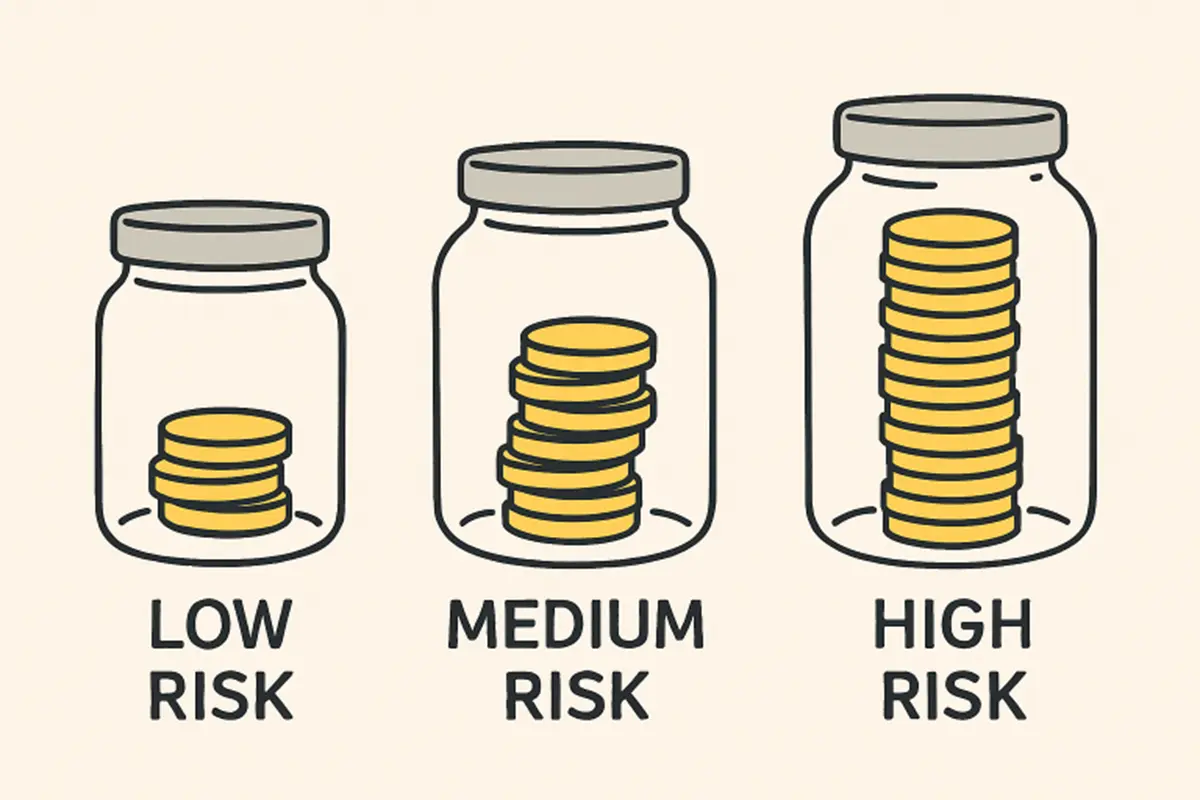Key Takeaways:
- Risk tolerance is essential for aligning investments with your comfort level and financial goals.
- Your emotional responses and practical circumstances influence the investments you can safely hold.
- Understanding your risk boundaries reduces the likelihood of impulsive decisions during market fluctuations.
- Partnering with a financial advisor provides clarity and personalized guidance for developing a resilient investment strategy.
Introduction
Understanding your risk tolerance is one of the most critical steps toward building a healthy investment strategy. The concept isn’t just for seasoned investors—it’s a vital first step for anyone hoping to align their financial goals with the realities of the market. By evaluating your risk tolerance, you can make informed decisions that balance your comfort level with potential gains and losses, helping you stay the course when market conditions fluctuate. Working with a trusted advisor such as Alloy Wealth Management can help you get clarity and peace of mind as you shape your investment path.
Your unique risk profile will dictate the kinds of assets you choose and your overall strategy for growing and protecting your wealth. This means that risk assessment is not a one-size-fits-all solution. Rather, it offers a personalized approach that can support your confidence in both high- and low-volatility times. Whether you are new to investing or reviewing an existing portfolio, understanding risk tolerance puts you on firmer footing.
Examining your emotional response to market swings and your long-term objectives is important. When these elements are overlooked, investors are often caught off guard during market downturns, leading to hurried decisions that may disrupt well-laid plans. Taking time to understand your risk boundaries ensures you don’t just chase returns—you invest in a way that matches your lifestyle and aspirations.
What Is Risk Tolerance?
Risk tolerance refers to your personal capacity and willingness to handle fluctuations in the value of your investments. It incorporates emotional comfort, practical financial circumstances, and your objectives—including how much loss you can accept to pursue your goals. Risk tolerance isn’t fixed; it often evolves with life changes, experience, and market cycles.
Factors Influencing Risk Tolerance
- Age: The younger you are, the more time you typically have to recover from market downturns—giving you space for riskier investments.
- Financial Goals: Saving for retirement, a house, or college can require different approaches. Timeframes help determine risk suitability.
- Income Stability: Those with dependable income or substantial emergency savings are often equipped to weather more risk.
- Investment Experience: Familiarity with market volatility may make you more comfortable adjusting your asset allocation for higher rewards.
Assessing Your Risk Tolerance
Evaluating your risk tolerance requires connecting both your psychological and practical boundaries. Here are a few key steps:
- Review your historical reactions to market changes. Did you sell rapidly when the market dropped, or stay invested?
- Take stock of your investment horizon. Are your goals far off, or do you need funds in the next few years?
- Inventory your income and financial obligations. Can you afford losses without disrupting your lifestyle?
- Consult a financial advisor who can create a risk profile and tailor a strategy that fits your comfort zone.
Aligning Investments with Risk Tolerance
Once you have a realistic sense of risk tolerance, it’s time to craft your portfolio. The right asset mix can help you pursue growth without unnecessary stress:
- Conservative Investors: Typically focus on bonds, Treasury securities, and cash equivalents to prioritize capital preservation and stability.
- Moderate Investors: Maintain a balanced mix of stocks and bonds, seeking growth but with a cushion against steep downturns.
- Aggressive Investors: Heavily weighted in equities and alternative assets, these portfolios aim for higher returns in exchange for increased volatility.
Adjusting Risk Tolerance Over Time
Life doesn’t stand still, and neither should your investment approach. Major milestones such as marriage, a new job, a growing family, or significant market events may require a reassessment of your risk profile. Scheduling regular portfolio reviews helps ensure your asset allocation stays aligned with your evolving goals and circumstances. Fidelity provides a helpful guide to rebalancing and revisiting risk tolerance as your life changes.
Common Misconceptions About Risk Tolerance
A frequent investor pitfall is overestimating personal risk tolerance—believing you can stomach losses until the market declines. Panic selling during downturns can erode long-term returns. To avoid such pitfalls, acknowledge your real comfort with volatility and focus on staying grounded, especially when emotions run high. Understanding your relationship with risk can help manage expectations and optimize your investing mindset.
Final Thoughts
Assessing and regularly revisiting your risk tolerance forms the foundation for a resilient investment plan. With an honest self-assessment, disciplined strategy, and help from reliable advisors, you’ll be equipped to build a portfolio that reflects your values, needs, and ambitions. By aligning your comfort zone with your larger financial picture, you can confidently weather market swings and stay on track toward your investment goals.
Also Read–Why Hair Shows Are Turning Into Must-Attend Tech and B2B Innovation Events

